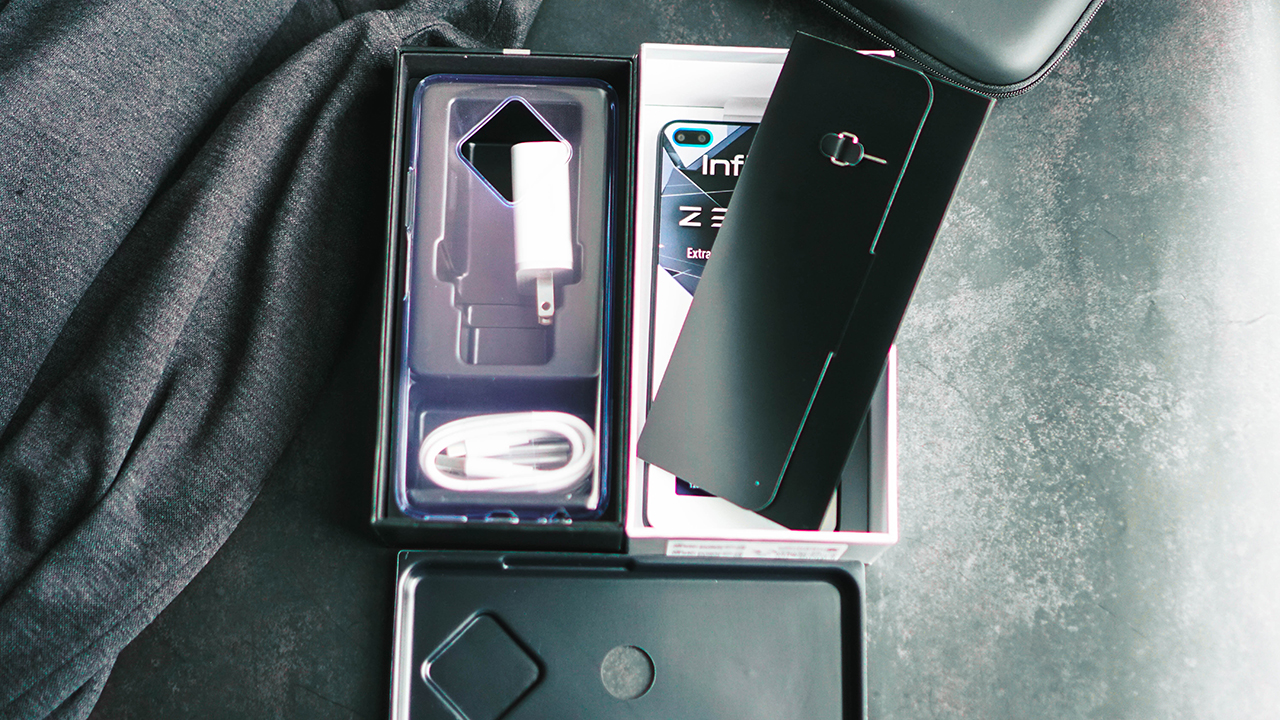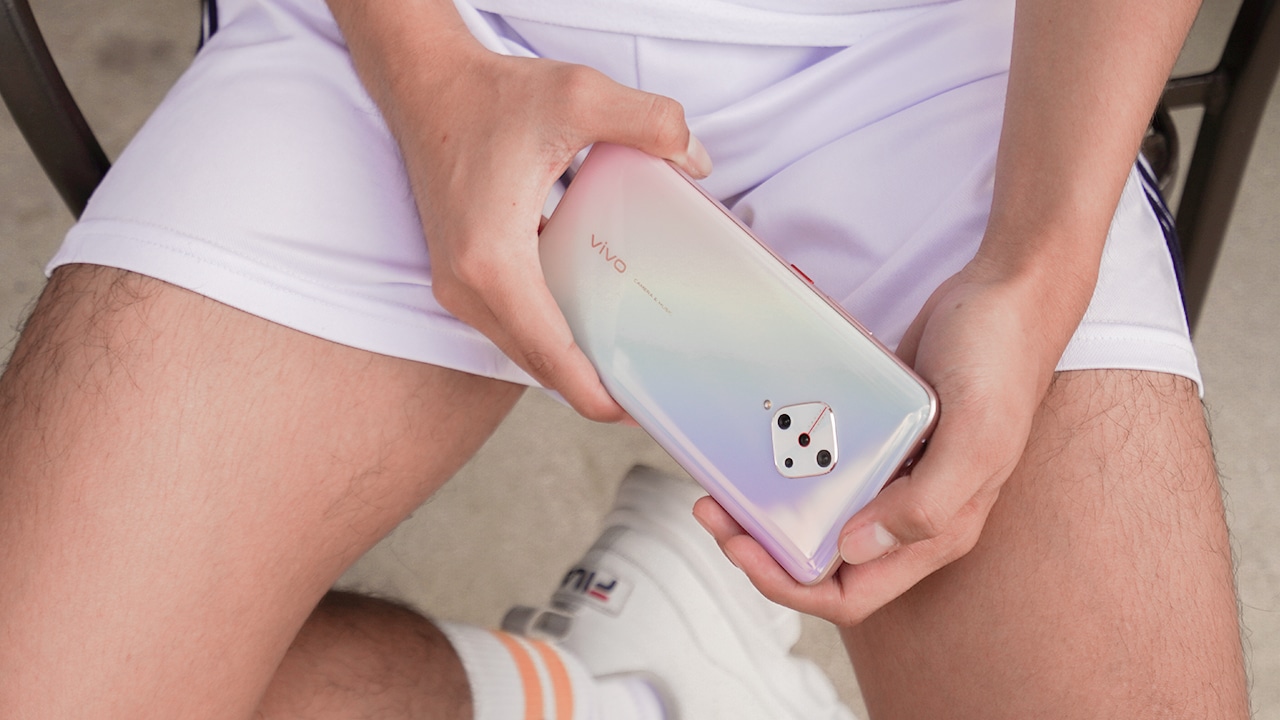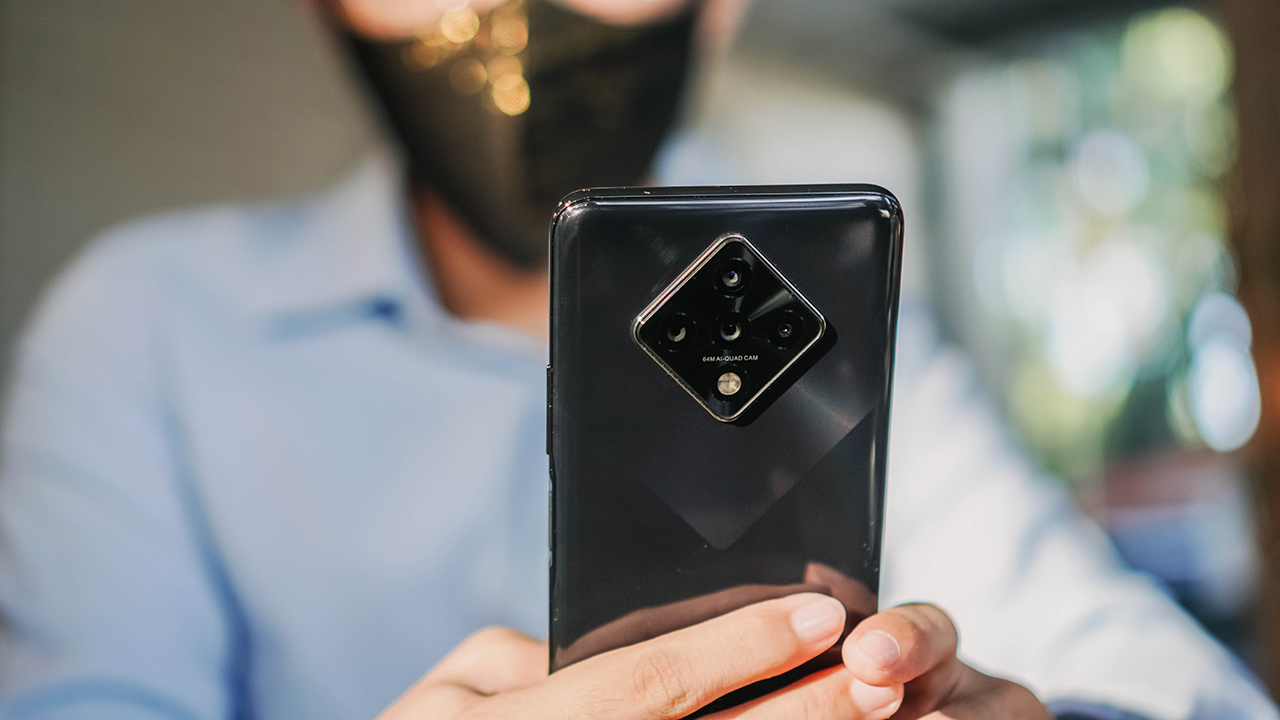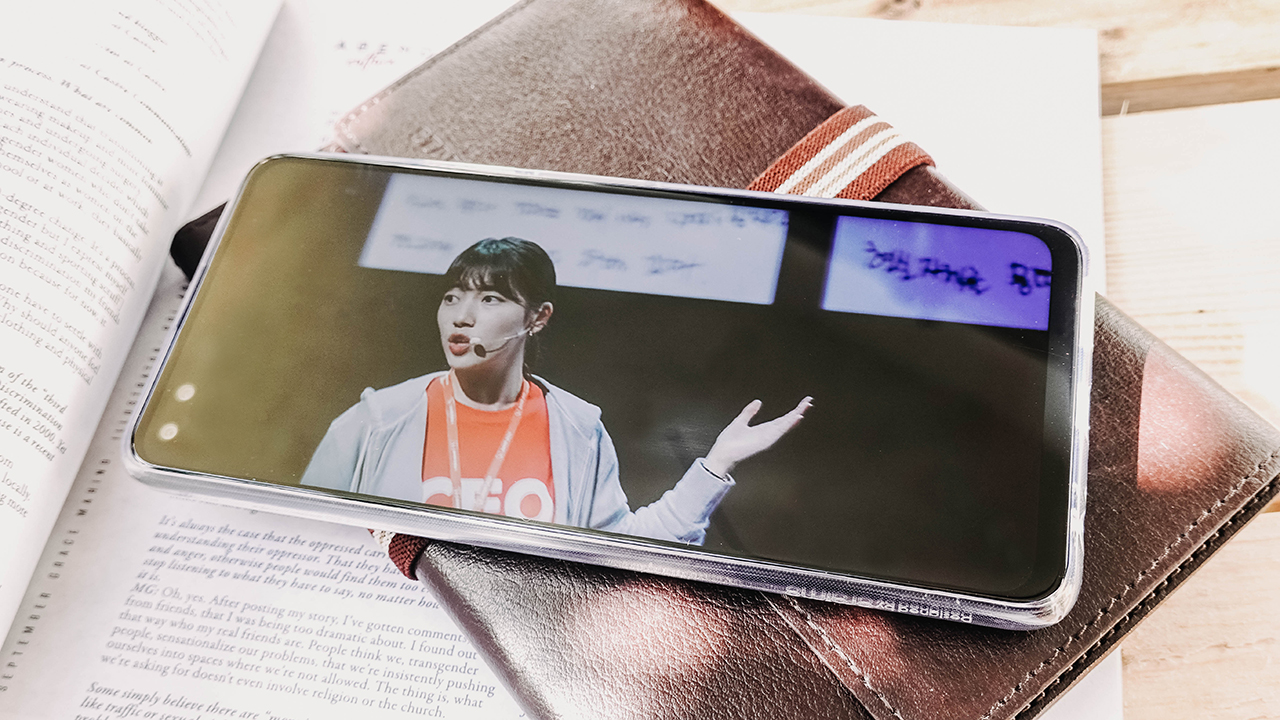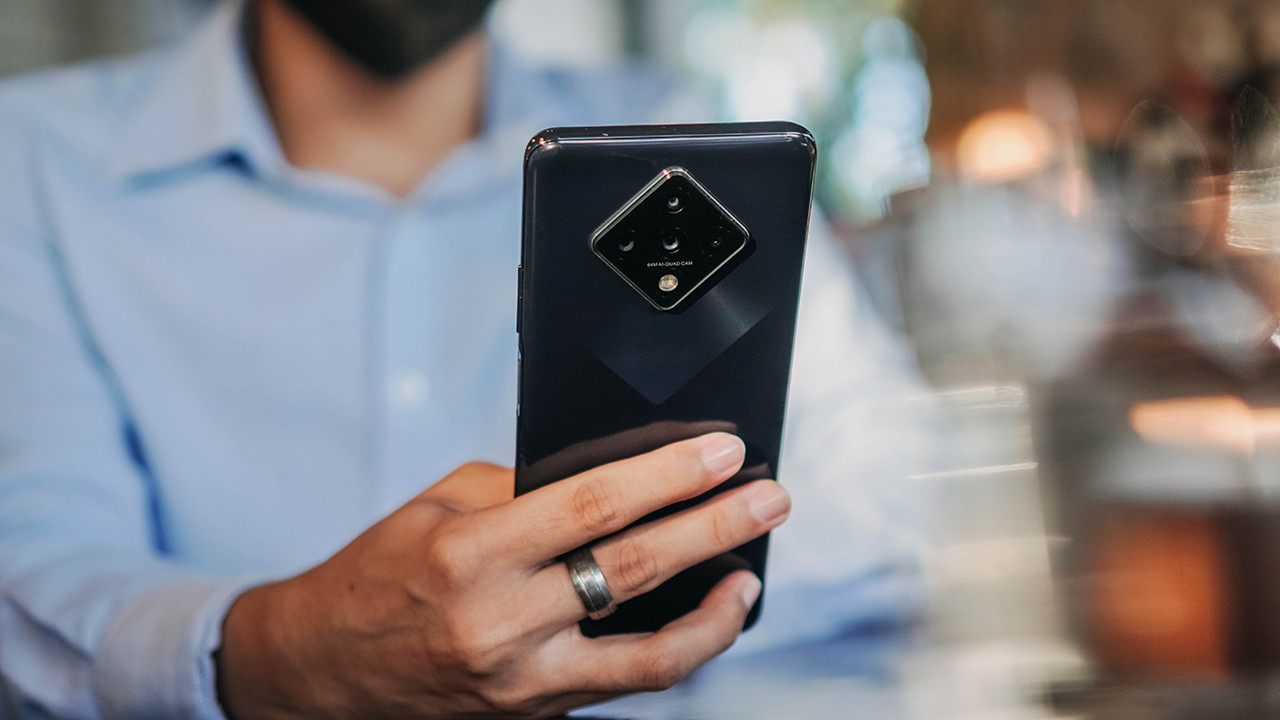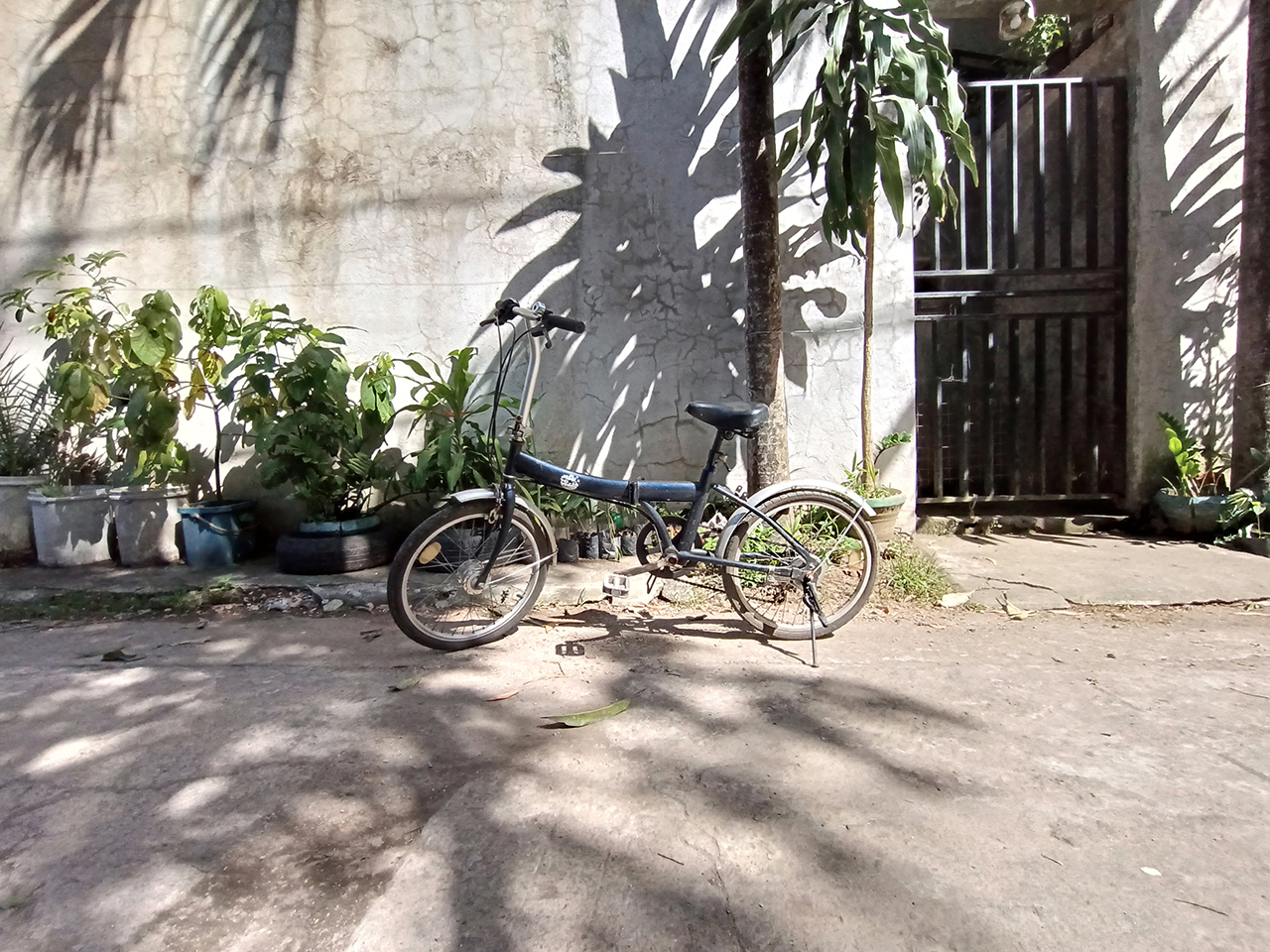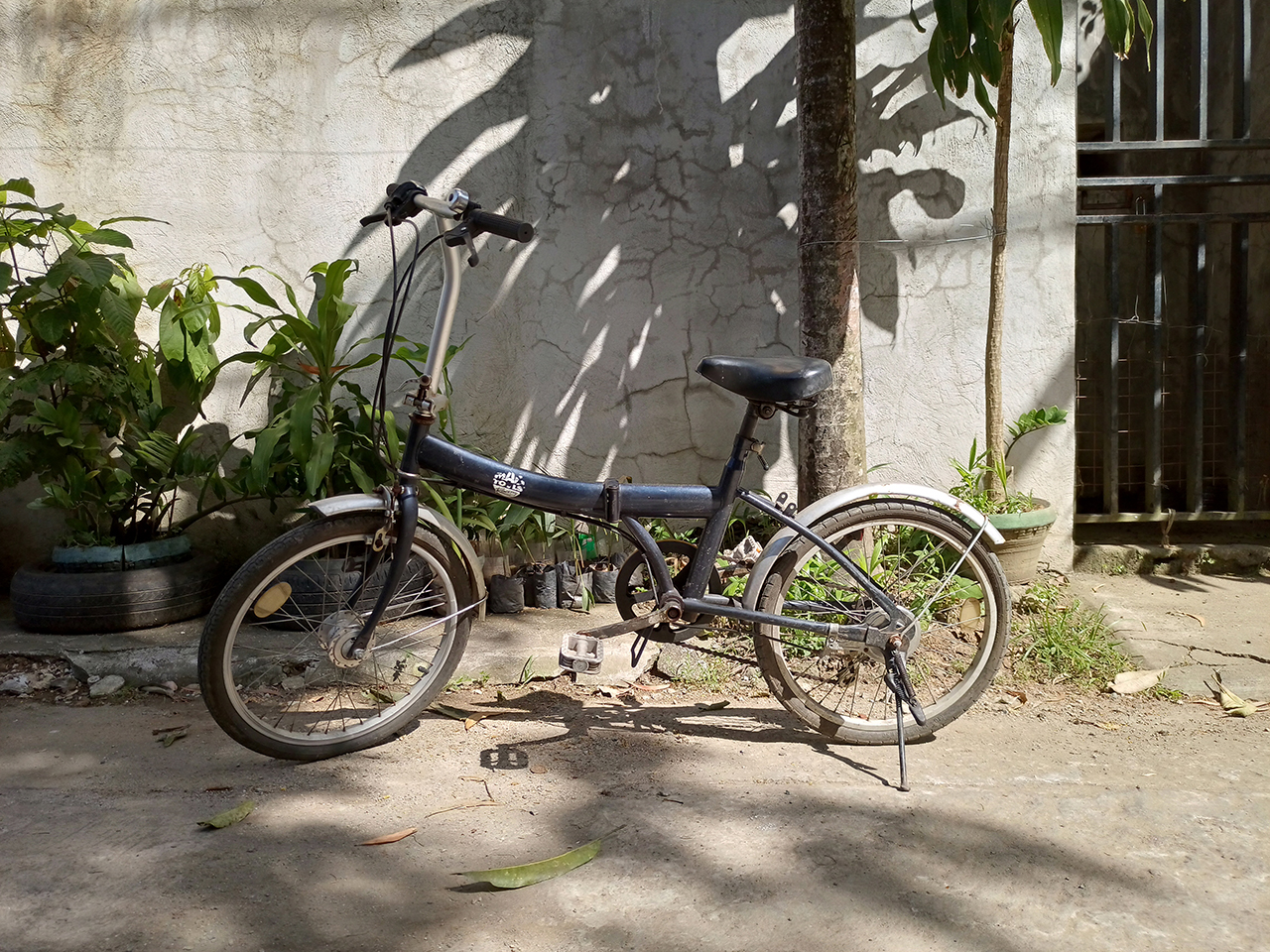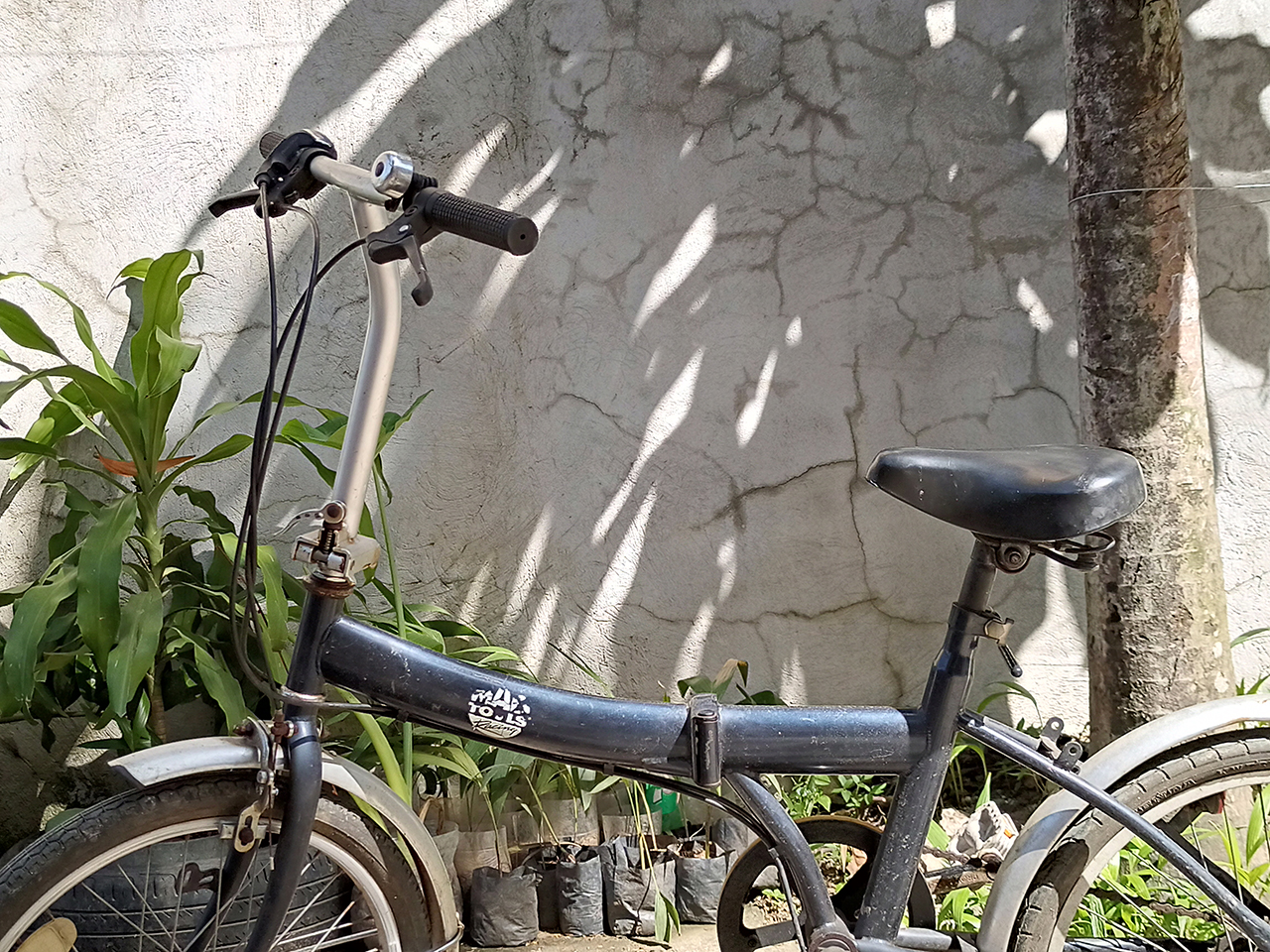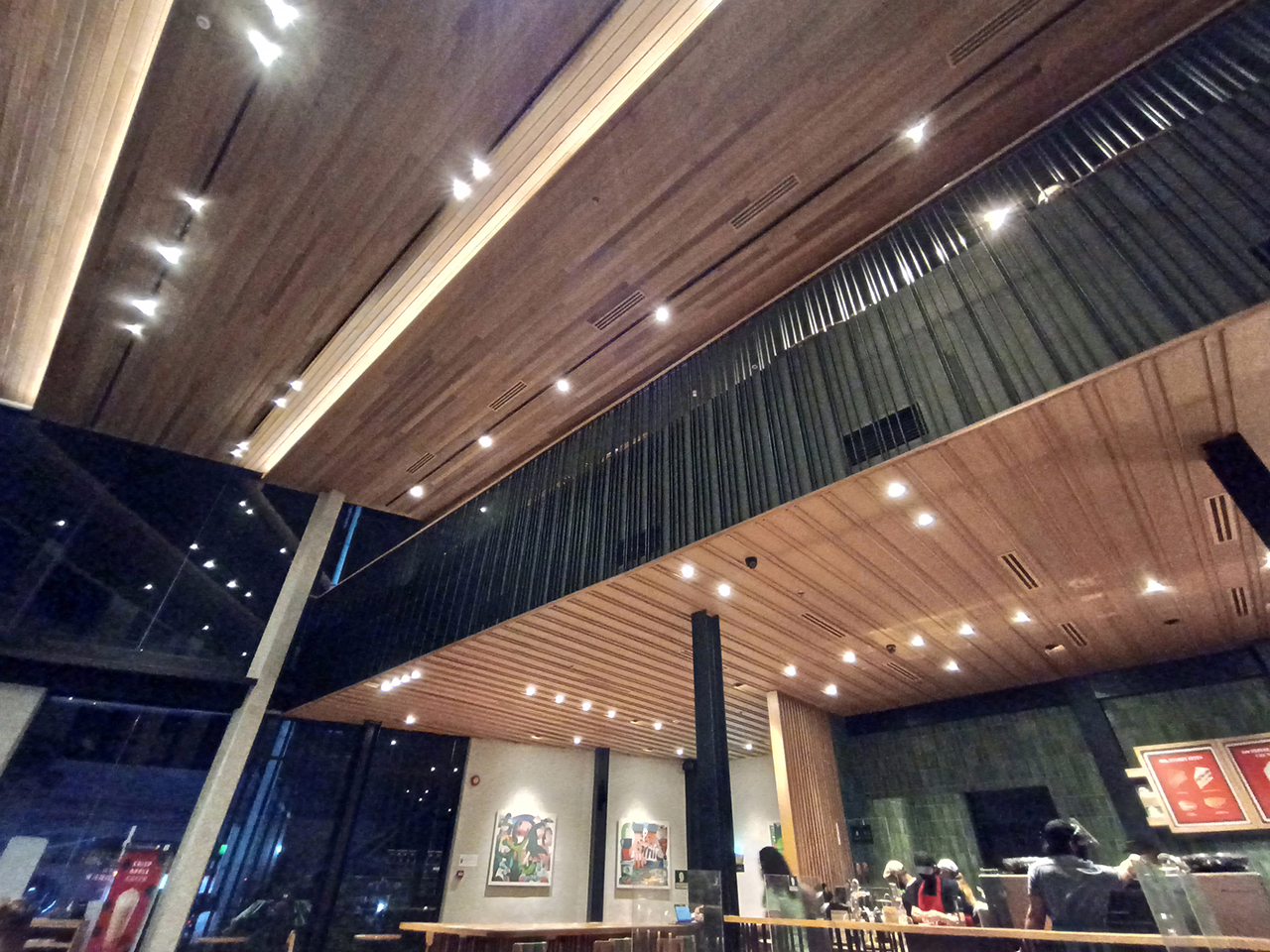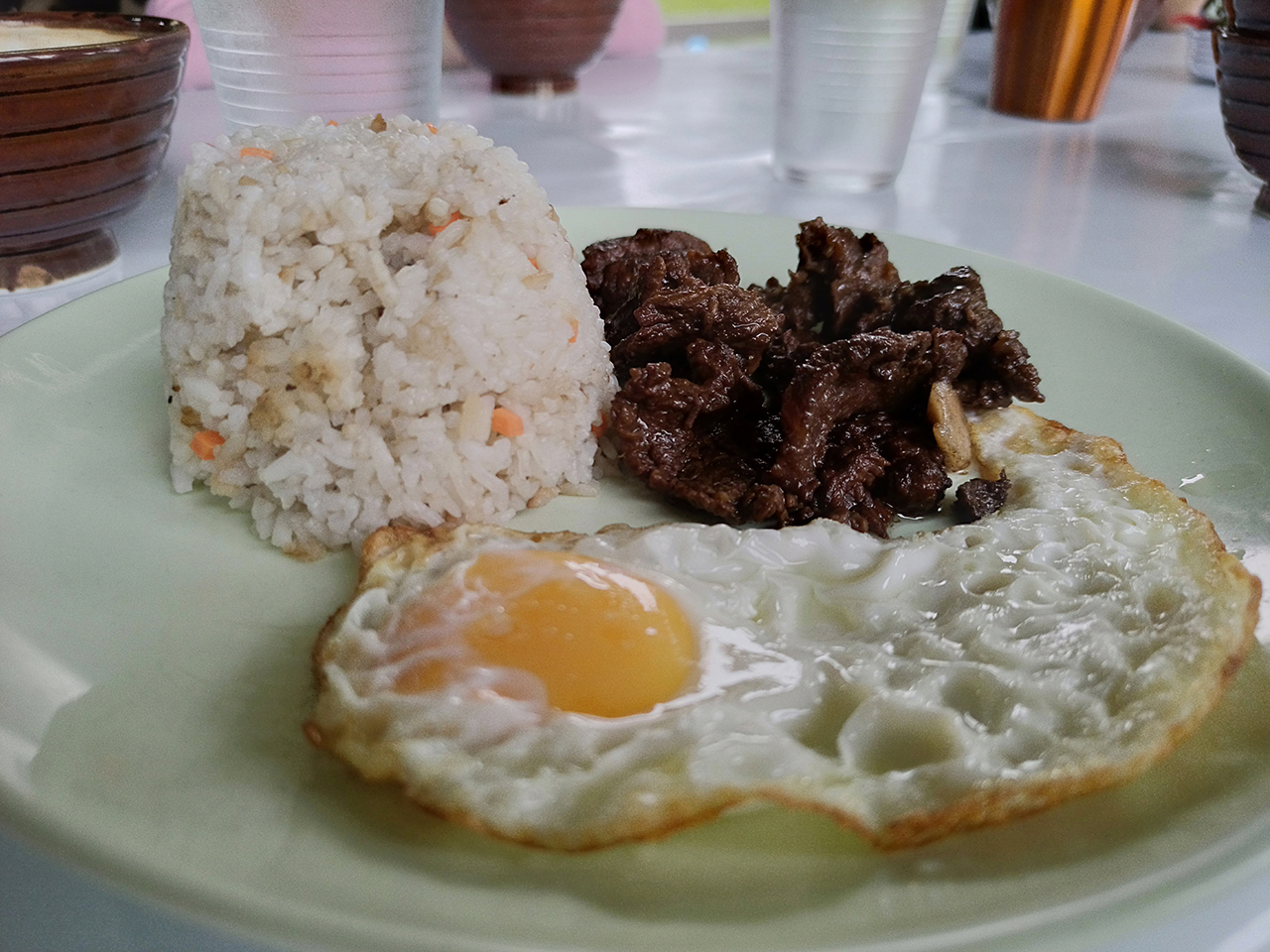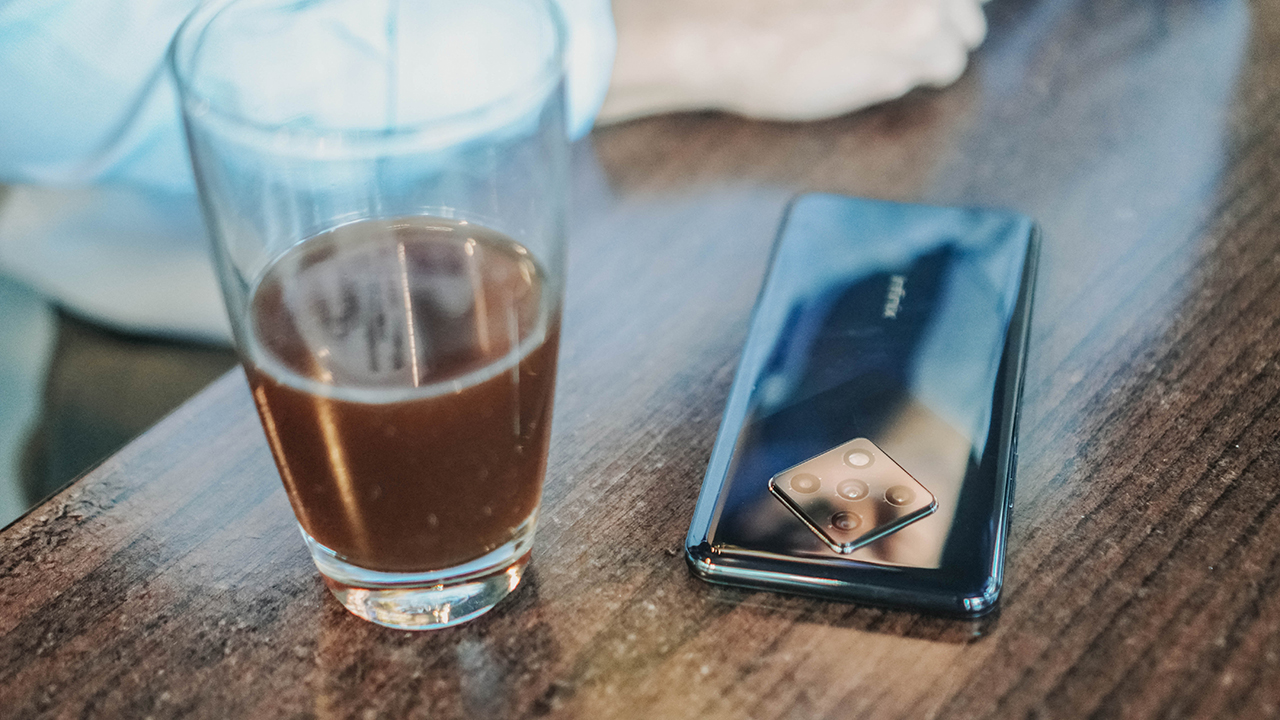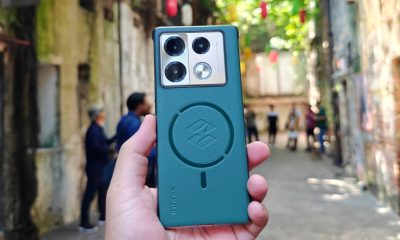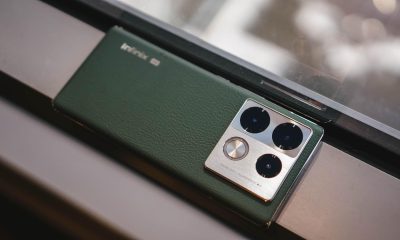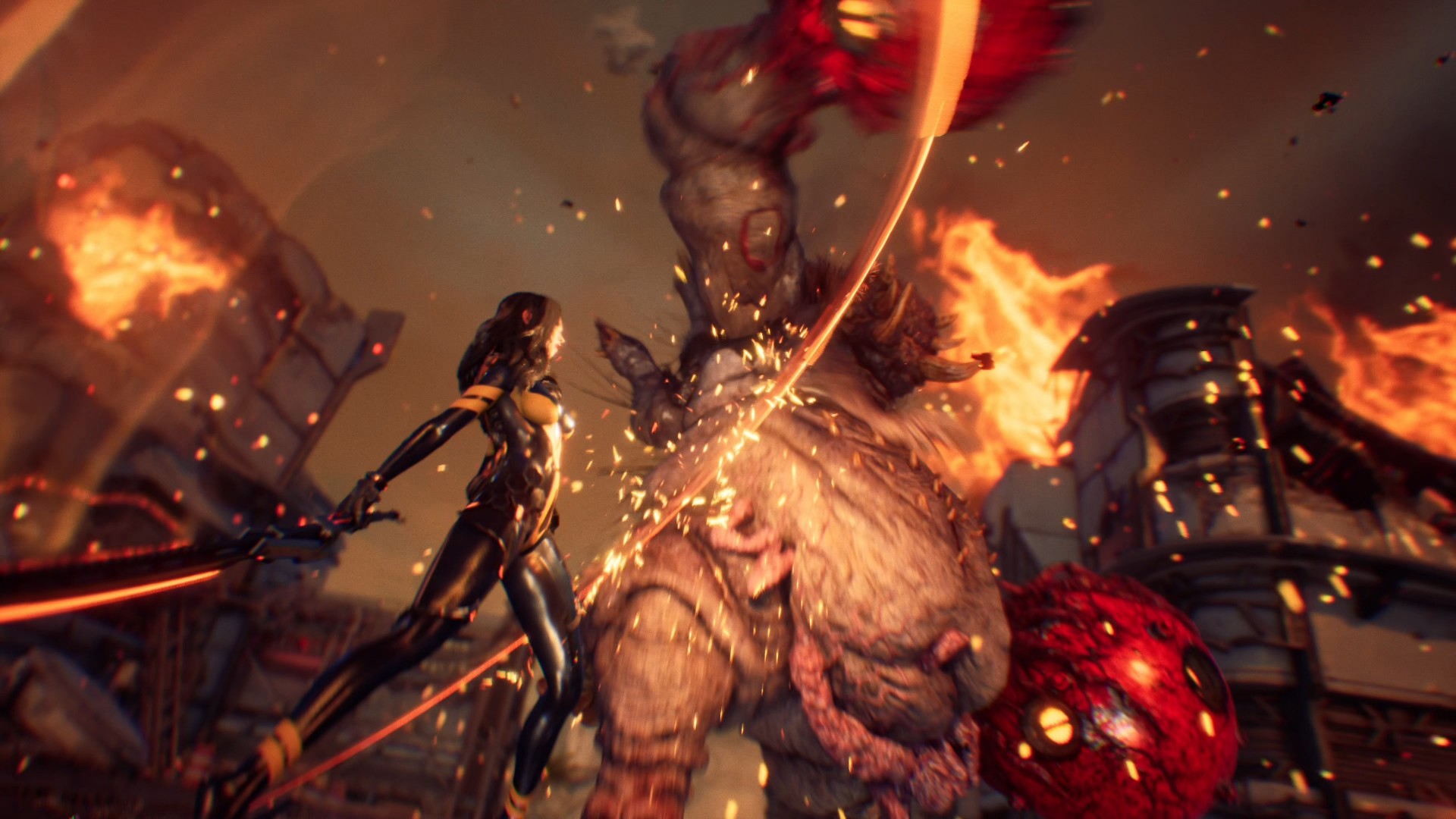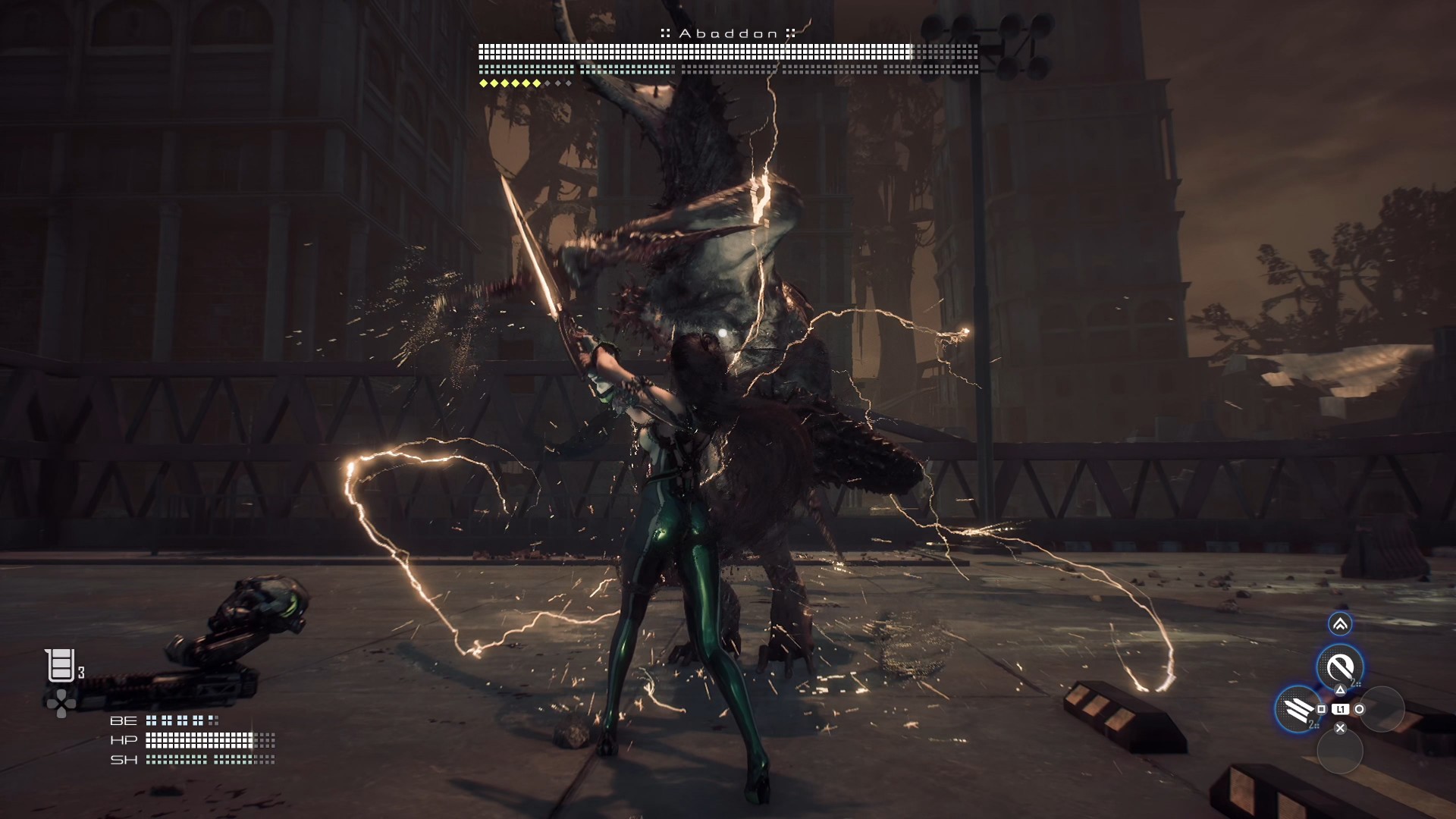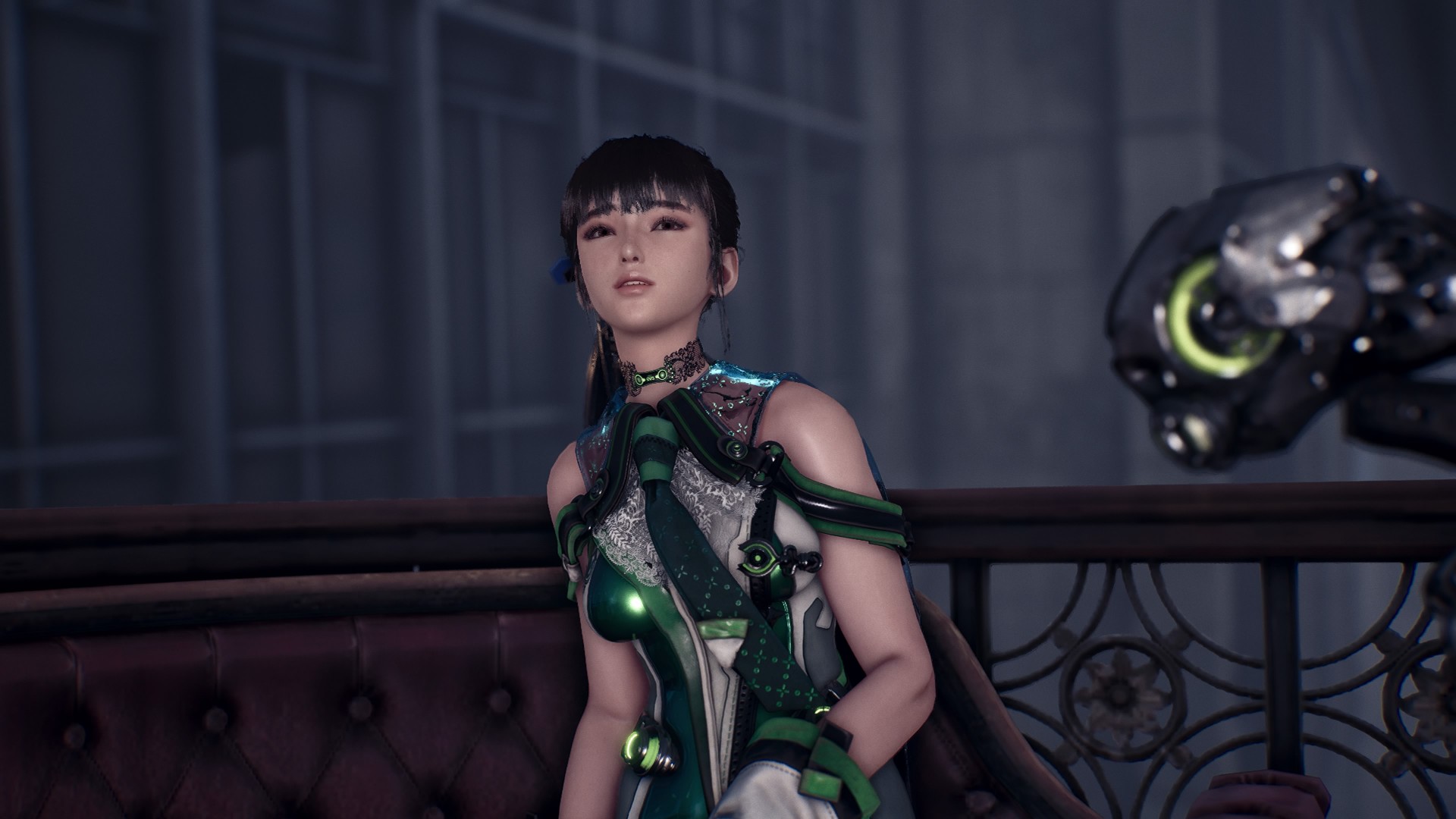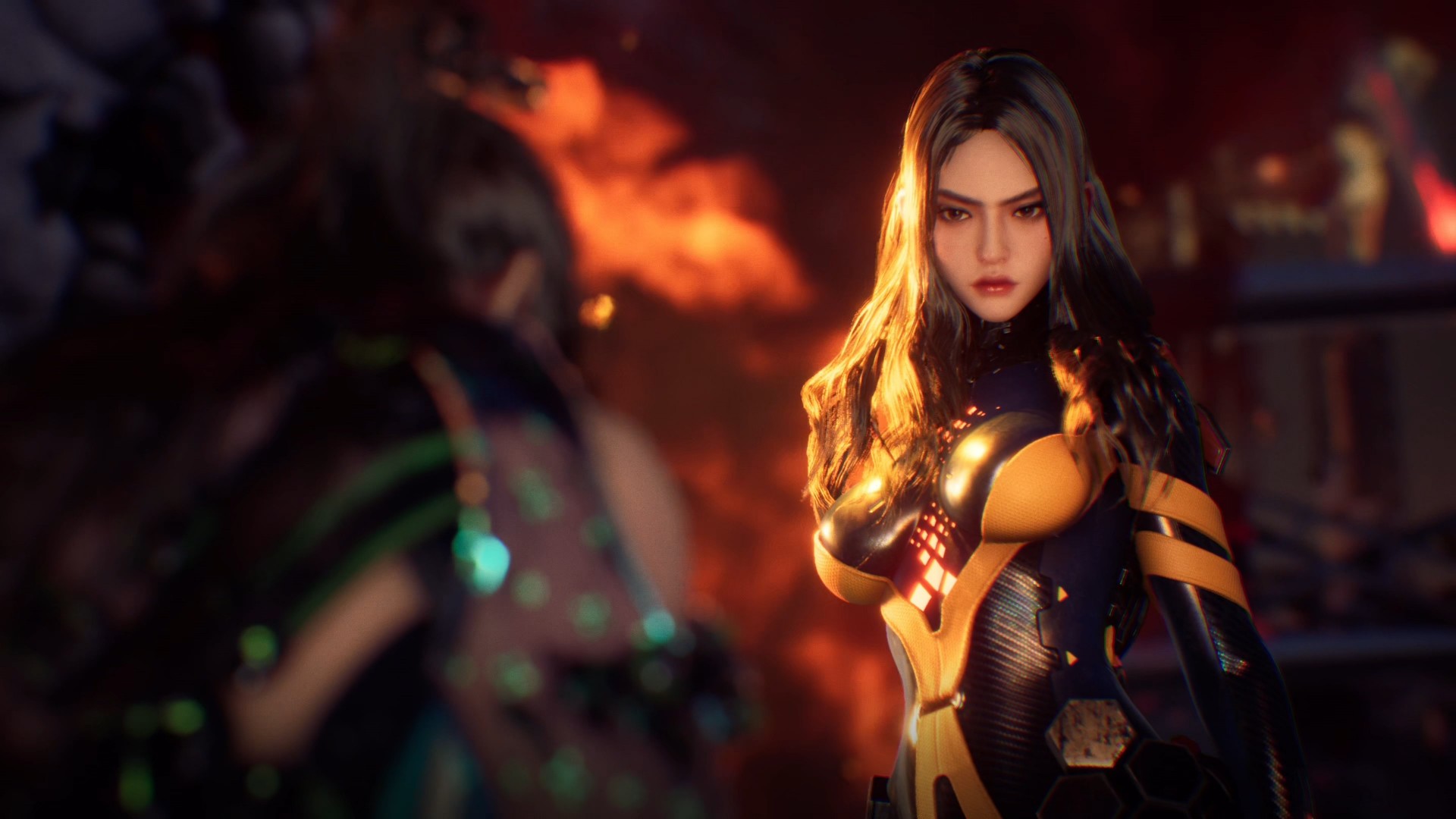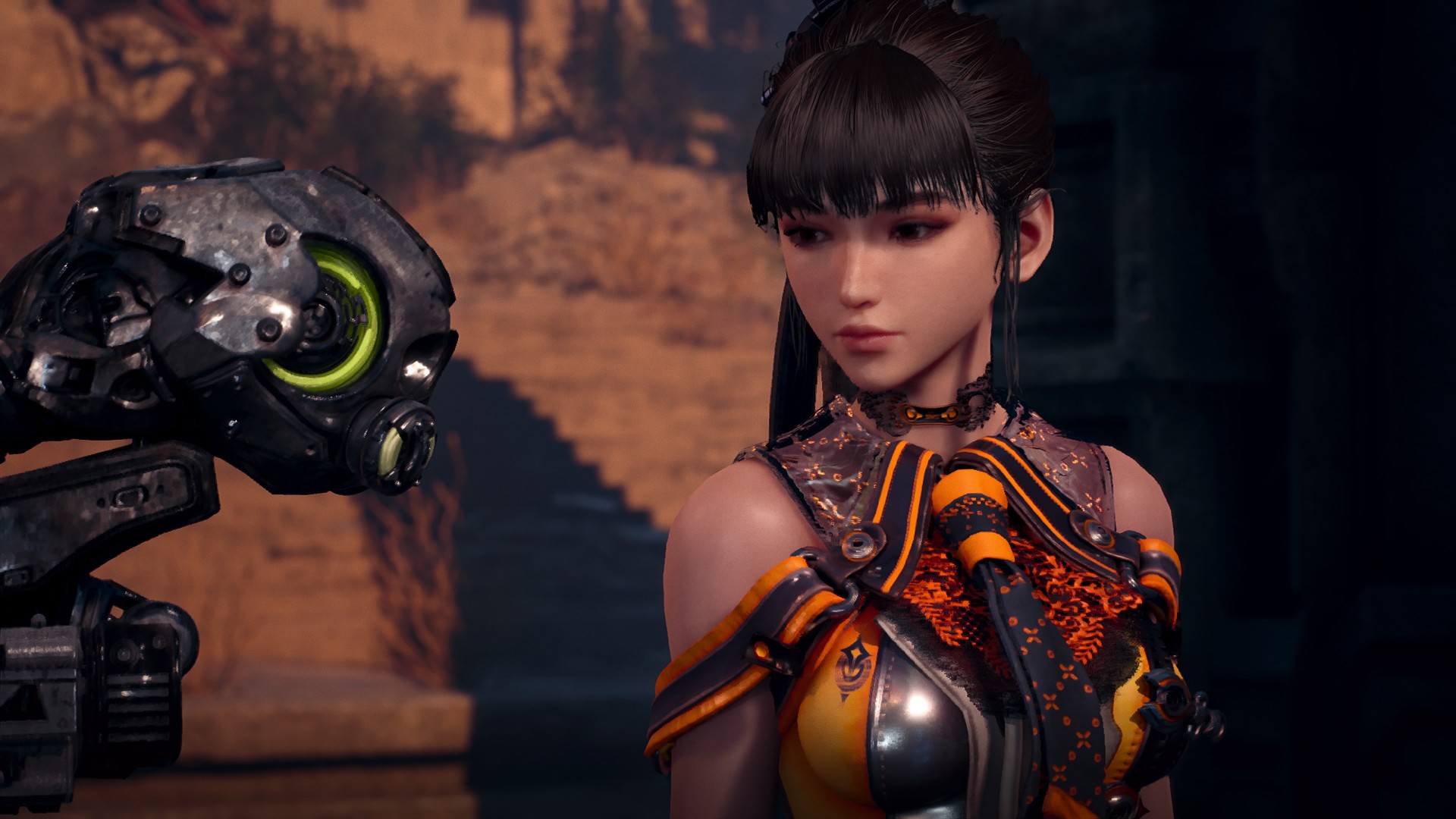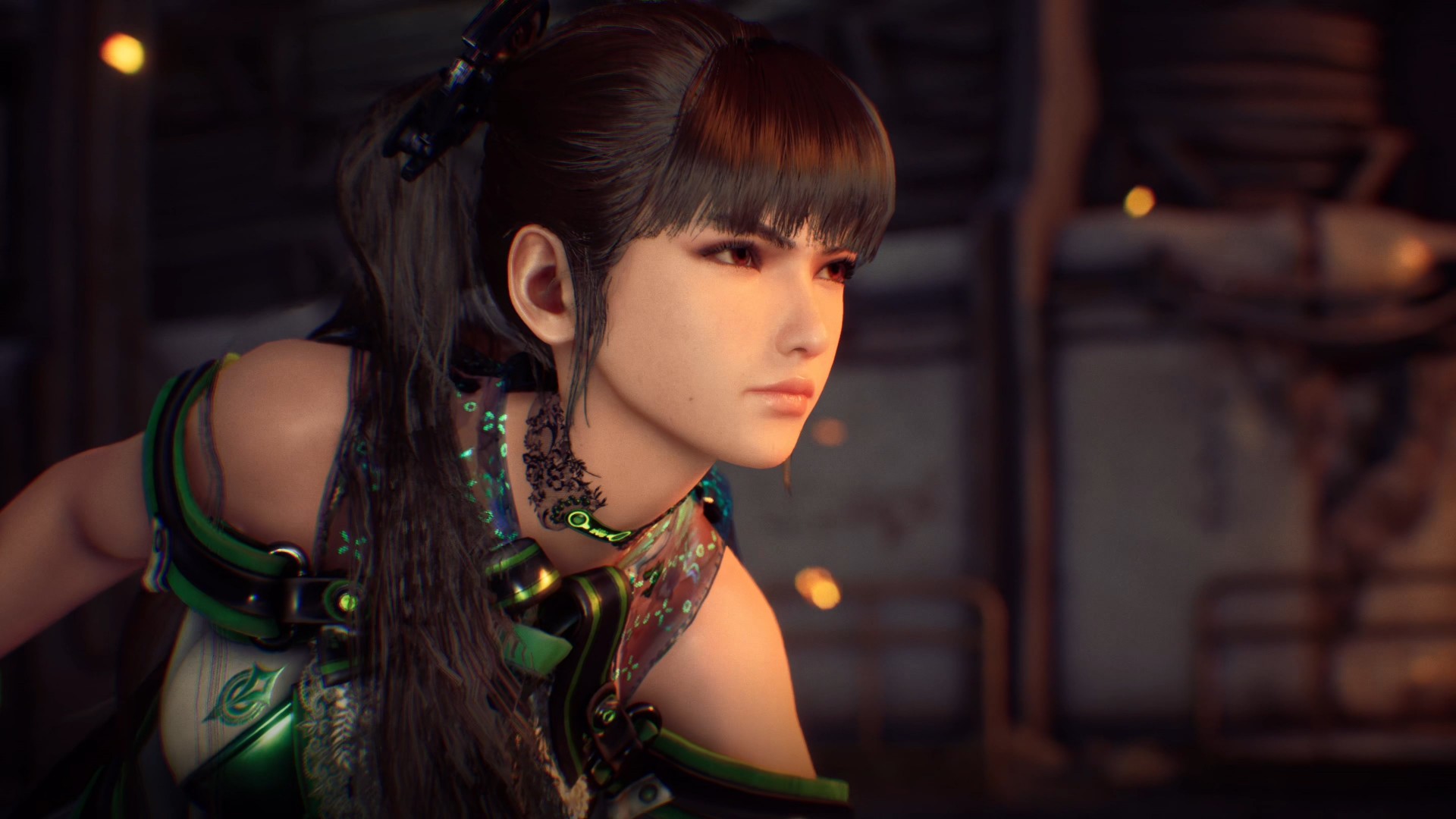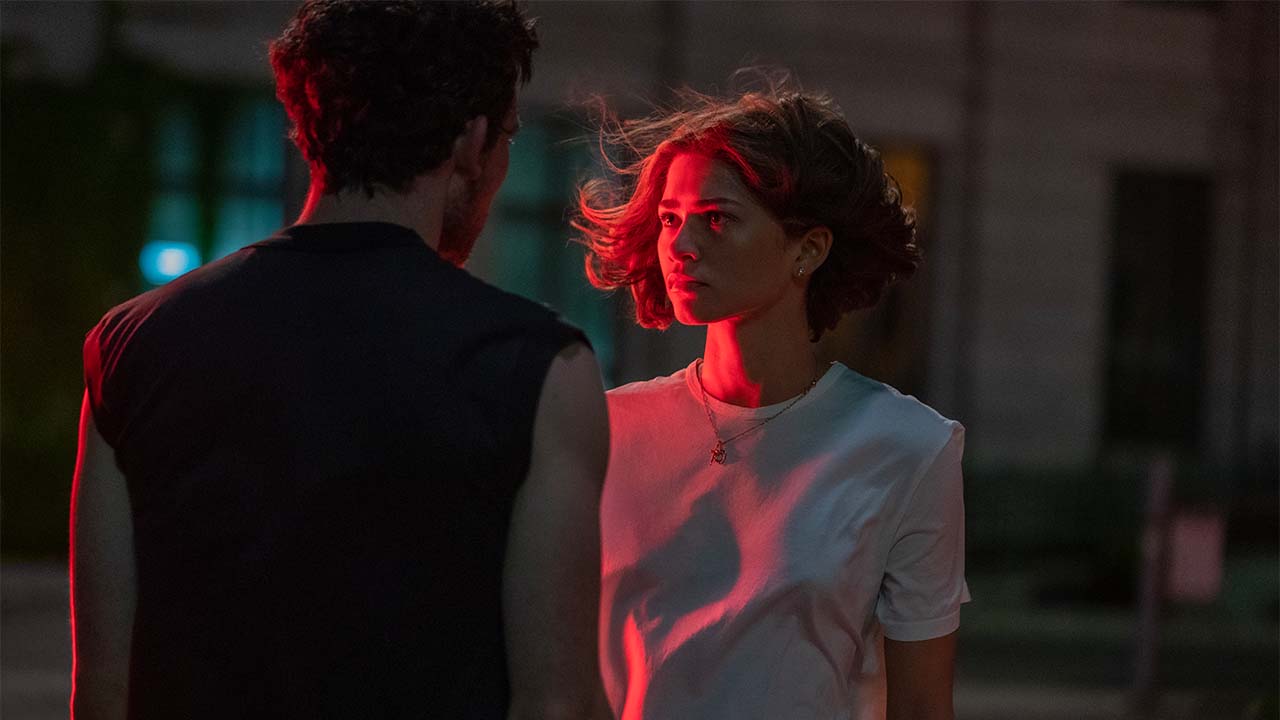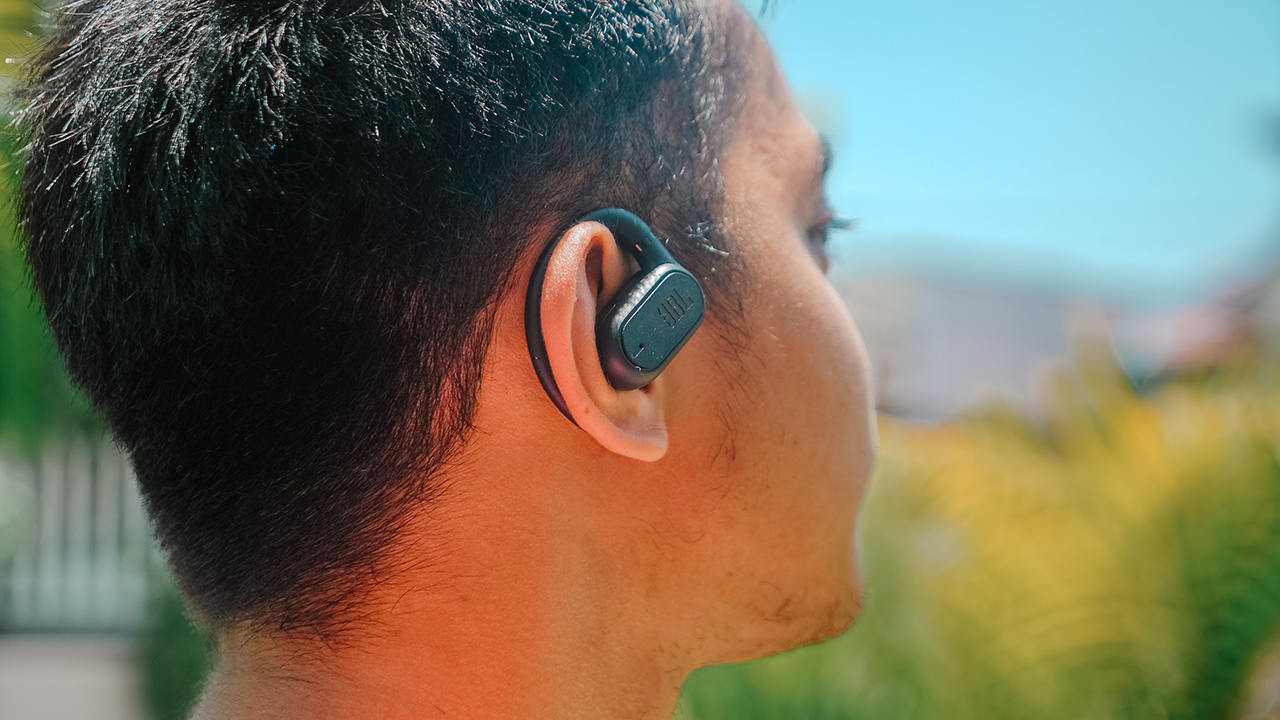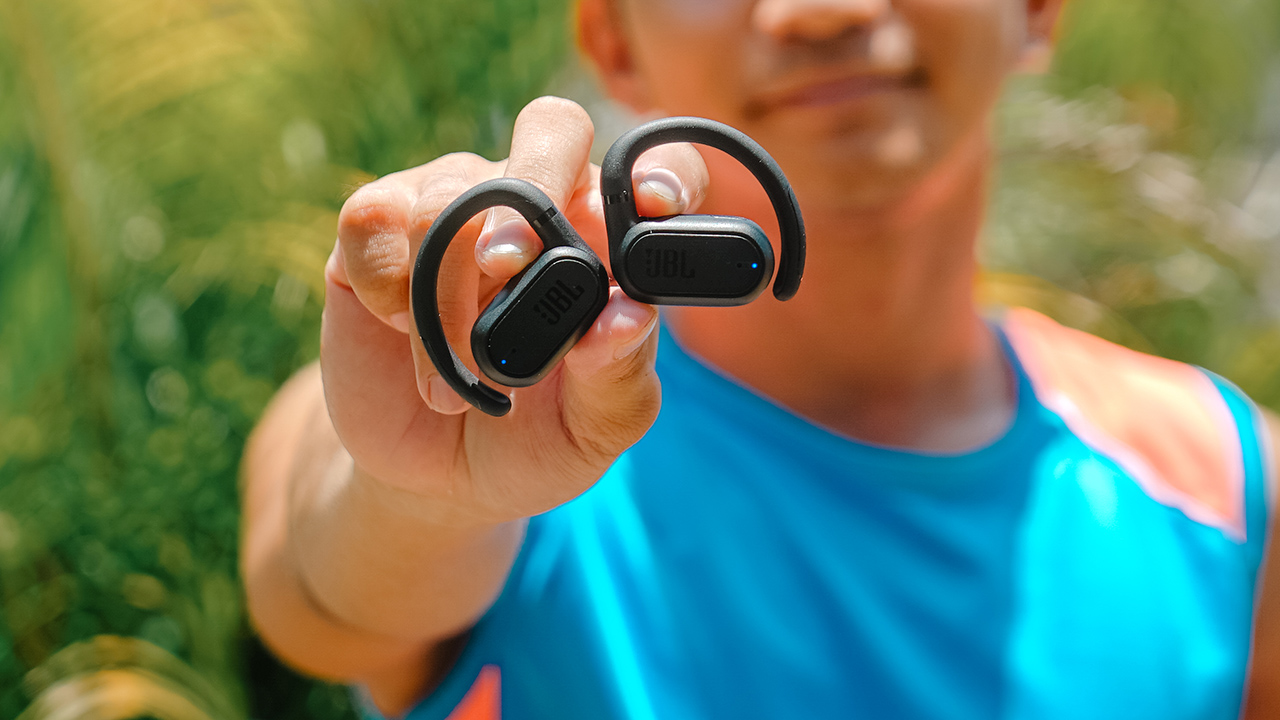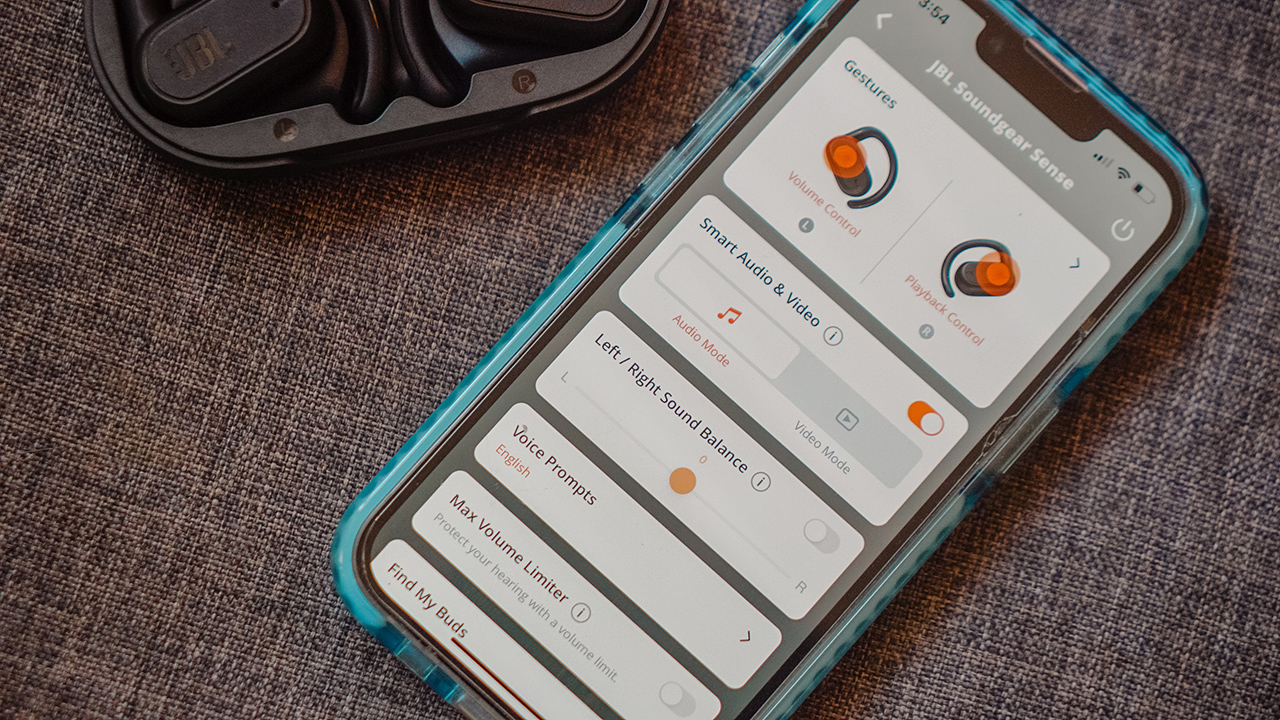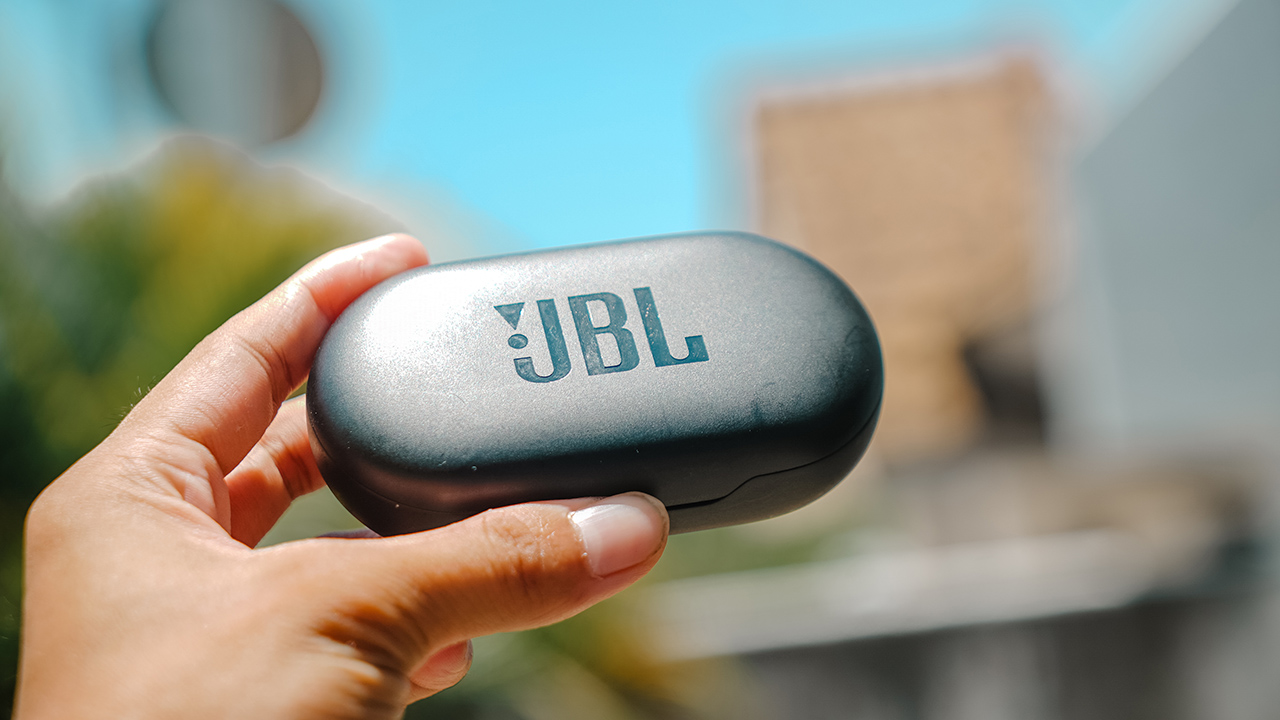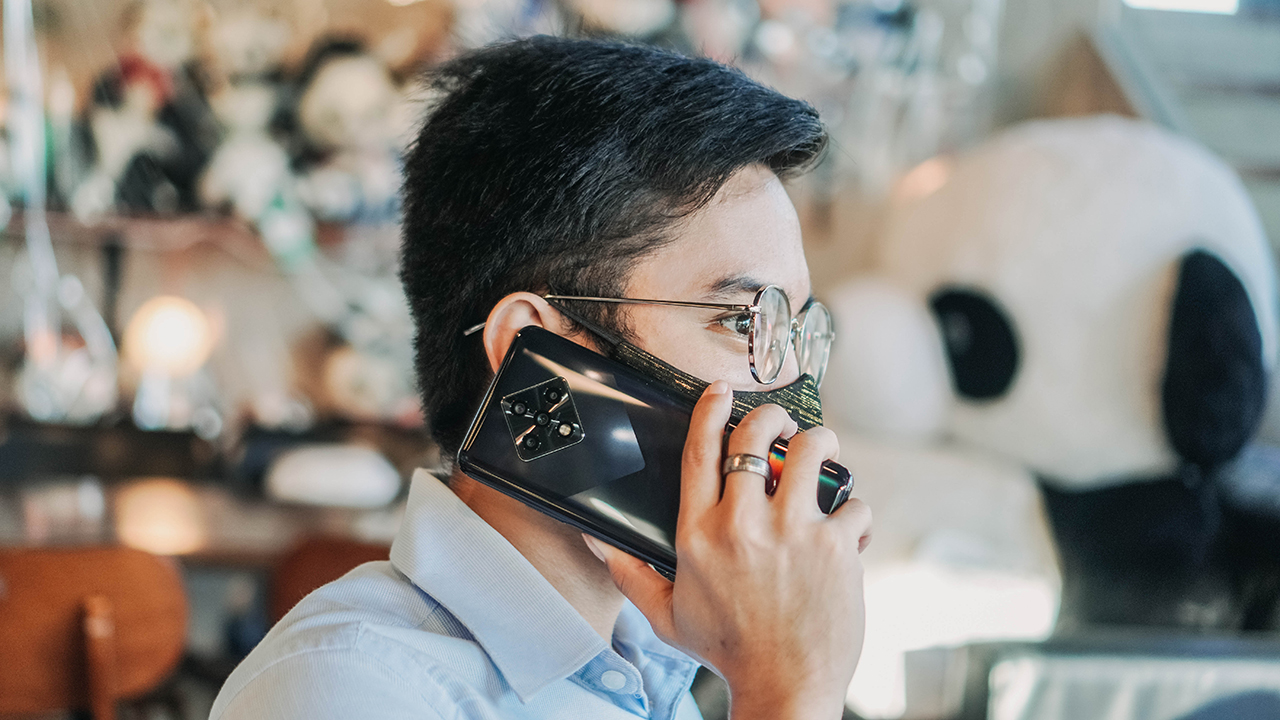

There’s a new brand in town, and it’s ready to shake up the lower midrange category in the Philippines. Meet the Infinix ZERO 8. It’s a competitive midrange smartphone with promising specs, packed in an affordable package.
From Hong Kong to the World
A bit of history, Infinix is a Hong Kong-based smartphone company with R&D in France and South Korea. It started conquering the Middle East and North Africa, and it seemingly wants to heighten its presence in Asia.
In the Philippines, the brand is making strides in the affordable segment. It launched an affordable Note 7, and the ZERO 8 tries to take the spotlight.
Personally, I’ve heard of Infinix but I never got the chance to try it. Gladly, the opportunity came when the Infinix ZERO 8 found its way to my home.
The box came in a beautiful gray and silver box
Of course, it contains every essential accessory you’ll need for your smartphone
Infinix takes it up a notch on its white cables, pairing it with silver accents
The unit I have comes in a Black Diamond colorway
But before we dive in, let’s take a quick look at its ‘promising’ specifications
|
Processor |
MediaTek Helio G90T |
|
Configuration |
8GB + 128GB |
|
Battery |
4500mAh + 33W SuperCharge |
|
OS |
Android 10 |
|
Front camera |
48MP + 8MP Dual-Flash Light |
|
Rear camera |
64MP + 8MP + 2MP + 2MP Quad-Flash Light |
|
Display |
6.85” FHD+ 90Hz refresh rate 2460×1080 resolution |
|
Dimension |
168.74 x 76.08 x 9.07mm |
So, what? I’m eclectic
Let’s start with the elephant in the room: the phone’s eccentric rear design. Seeing how Infinix has its smartphones designed in France, there’s no wonder the products come out a little extra. French design, as I’ve always perceived it, seemed grand and flashy.
That’s what the Infinix ZERO 8 is: Commanding attention with a design rooting from previously launched smartphones. For instance, the diamond-shaped camera placement is reminiscent of the vivo S1 Pro. On another note, Infinix stated the design was inspired by the Louvre’s Diamond-glass design.
Meanwhile, the prism that refracts across its glass body is similar to Samsung’s Galaxy A50 and A51. Infinix also used the same approach as Samsung’s changing patterns, albeit with a more minimal matte V-shape design from top to middle.
Combining both familiar designs from more expensive brands, Infinix presented a unique proposition delivered to the lower midrange segment.
Smartly designed?
Accompanying the ZERO 8’s eccentric rear design are its sides that are minimally and smartly designed. The top part is clean AF, while the bottom part sports a headphone jack, a USB-C port, and its speaker grilles.
On the left, you can find its SIM tray while on the right are its single volume rocker and a fingerprint scanner that also works as a power button. Personally, I love the fingerprint scanner. It reads swiftly, allowing quick access to your phone.
A treat for those who like it big
The Infinix ZERO 8 sports a 6.85-inch FHD+ display with a 2460×1080 resolution and 90Hz refresh rate. It’s a humongous and powerful handset for tiny hands, but for the price it commands, this affordable flagship is a steal.
Navigating the phone can be as smooth as other premium smartphones. In the entertainment department, it makes for a perfect little portable cinema.
Watching Start-Up on Netflix was quite an experience. The visuals are strikingly vibrant although the blacks are a little bit faded. Audio, on the other hand, can be as loud as most wireless speakers.
One time, I had the phone play Netflix’s Emily in Paris while I work and the sound filled the whole room. For context, my room is double the size of most studio apartments in Manila. Yes, it was LOUD.
Easy to hold, hard to navigate
The Infinix ZERO 8 comes with a hefty build. Even though it weighs heavier compared to smartphones in the same bracket, the curved edges provide easy grip. I didn’t feel like I’m gonna drop the phone accidentally or it will slip off my hands. Coming from someone with tiny hands, somewhat, I felt secure.
But the easy-grip isn’t just what I need. Having a tall and robust phone like this makes it difficult for me to navigate the phone with one hand.
Shake your inner Marie Kondo
Privileged complaints aside, the Infinix ZERO 8 runs a customized XOS Dolphin 7 UI based on Android 10. There are a lot of pre-installed applications, which also blew up my notifications. The Marie Kondo in me is shaking, I had a hard time looking at and cleaning the interface.
Gladly, most of them are removable. The XOS interface also comes with a Smart Panel which you can customize, making it easy to access important apps and tools. Aside from that, the XOS carries a plethora of helpful features for a more mindful smartphone usage
If it comes with a cleaner UI, maybe I would recommend this phone for people dabbling in mindfulness while staying connected.
A rear camera story
The Infinix ZERO 8 has a total of six cameras. On its rear, you can find a quad-camera setup: a 64-megapixel main camera, an 8-megapixel ultrawide lens, and two 2-megapixel depth sensors.
To be perfectly honest, I had a fun time using the ZERO 8’s rear cameras. It’s an affordable phone, yet it produces vibrant photos especially in the daytime. Low light and indoor shots aren’t looking good, though. For reference, you may scroll the photos I took in my neighborhood, in a Panda-themed café, and in Starbucks.
Daytime
Indoor Lowlight – Daytime
Indoor Lowlight
Photographing food
I love taking photos of my food and beverages. So, yes. I used the ZERO 8 to capture my favorite breakfast meals from a cafe and a restaurant in Tanay, Rizal. Surprisingly, the ZERO 8 can produce appetizing photos, thanks to its aggressive post-processing in different lighting conditions.
Portrait mode doesn’t look good, though. I know some people who use portrait mode to capture their food to replicate some stellar shots from mirrorless cameras, but it looks like the trick won’t work with the ZERO 8’s cameras.
Greenery
Greenery, whether it’s sunny, cloudy, or raining, still looked vibrant. This kind of processing makes it perfect for social media posting. However, the quality might suffer even more since social media platforms lower the image quality.
Clearly, the ZERO 8 is already suffering from a loss of details especially when you zoom in. Photos might look blurry when zoomed in on Instagram.
Selfie cameras underneath
For its front cameras, it carries a dual-camera setup: a 48-megapixel main sensor and an 8-megapixel ultra-wide lens. Uniquely, the selfie cameras are placed underneath the display. It’s not protruding nor sunken when you let your fingers grace the screen. It’s weirdly smooth and neat. And I like it.
Selfie with proper daylight
As you can see, the front camera system is quite aggressive when it comes to post-processing in beauty and portrait mode. Thankfully, the daylight allowed the photos to reproduce vibrant colors and have a proper white balance, even in different modes.
Selfie in poor lighting condition
In low light, the ZERO 8’s front cameras struggle. It produces a bluish tint leaning to a cooler hue for different modes, except when you use the wide-angle mode. Surprisingly, the change in temperature only happens when taking wide-angles in low-light.
You can also notice the loss in details. But then again, this is an affordable flagship. Temper your expectations, or upgrade to a more expensive option but with better camera systems.
Reaaaally long-lasting battery
In the midst of reviewing this phone, I lost power and water supply in my neighborhood after the onslaught of Typhoon Ulysses. I was off from work for a week, and the fully-charged Infinix ZERO 8 drained to 25 percent on the fifth day. I didn’t expect this device to last that long, even on standby.
Unlike the Galaxy M31 (6000mAh) which went from 100 to 33 percent on standby in a week, the Infinix ZERO 8 drained slower, having only 4500mAh battery capacity. I haven’t even used its power-saving features, which makes the phone a promising companion.
But my normal usage made the phone last for more than a day. I’m not heavy in gaming seeing how I spent most of my days balancing work, personal hobbies like fitness, art, and entertainment. For heavy, power users, the phone might still be good enough for a day.
If you run out of juice, fret not. It’s capable of up to 33W of fast charging, which gives you an hour and a few minutes to fully charge its large battery. That is, if you’re using a fast charging adapter. If your charger takes forever, don’t worry. The phone has a Safe Charging feature which automatically disconnects the phone when it’s fully charged. You can let your phone charge while you sleep at night.
Power, speed, and performance
As I’ve said before, this handset has a 90hz refresh rate. We had a crash course on smartphone display’s refresh rate and I will say it again here: We don’t really need it to be that high unless you’re playing graphics-intensive games. Which this smartphone can handle well.
I logged in to my League of Legends: Wild Rift account to play and I had a sweet time. With cooling technology, you won’t worry about overheating issues. It also has 8GB of RAM and 128GB of internal. Gone are the days where you scramble to delete photos and other files just to make space and to prevent your phone from slowing down.
The only reason I didn’t play enough is because of two reasons: I’m juggling a lot of things, and the phone is too heavy for me. It would strain my hands if I play for more than 30 minutes.
Is this your GadgetMatch?
The Infinix ZERO 8 is a promising flagship for those looking for the best they can afford, without breaking the bank. It has an eccentric design, a long-lasting battery, speed, power, and performance — all at an affordable price.
Unlike most midrange phones carrying the same specs, the Infinix ZERO 8 retails for PhP 12,990. It comes in two colors: Black diamond and Silver diamond. It’s currently available in Lazada.

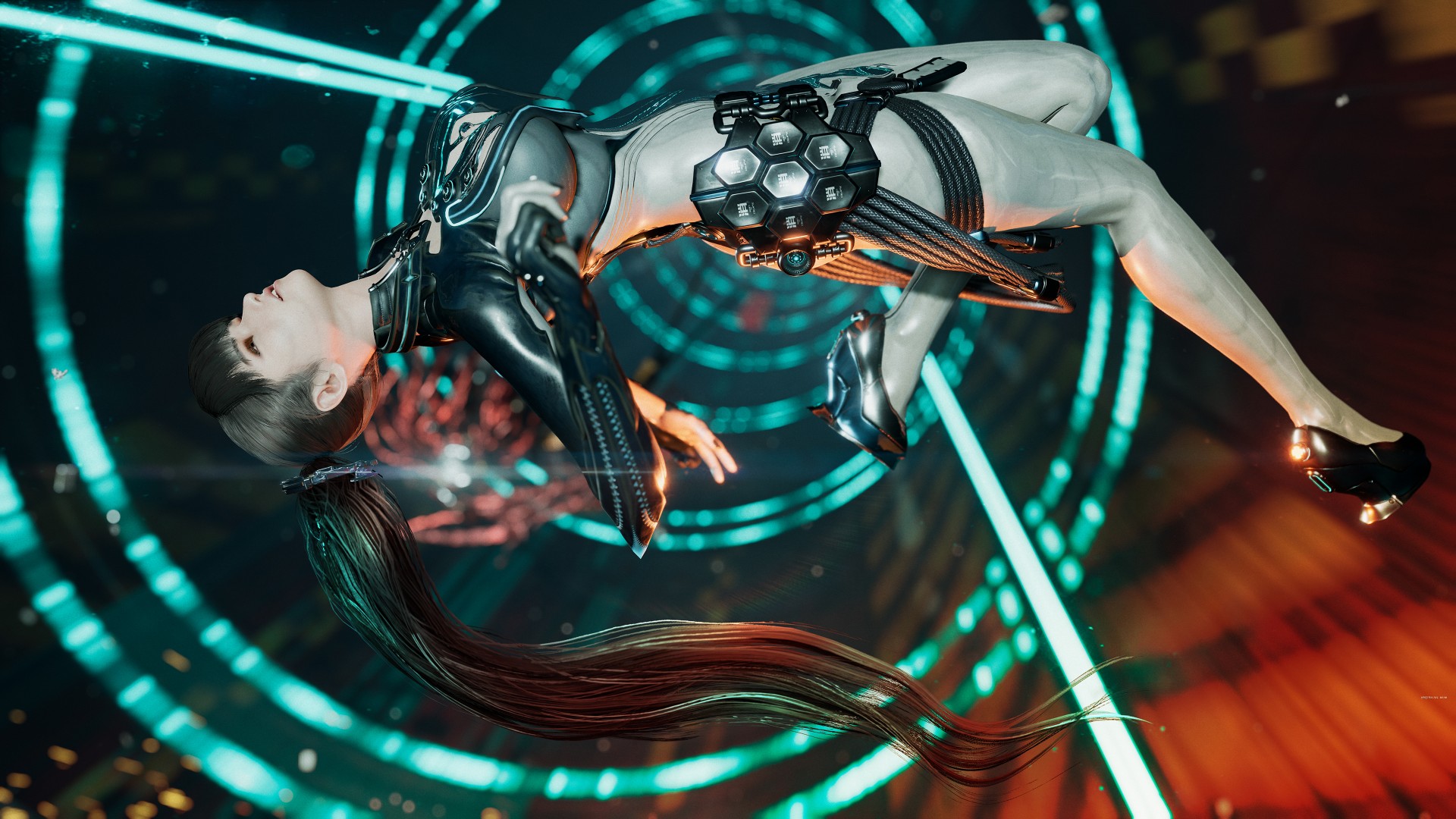
We didn’t have the best impression of Stellar Blade after spending time with the demo. Unlike certain players who poured a full game’s length of hours playing, our reception was lukewarm due to various reasons. But after finally having some time to focus on it, we now have a better understanding of its charm–and that goes beyond character design.
The game’s director has been ever-present in various gaming and tech news websites sharing nuggets about the game and reacting to the many comments made about the proportions of its female characters. That’s a rabbit hole we’re not diving into. Instead, we’re piggy-backing on one of his responses: Just pick up a controller and play it.
Steep combat learning curve
Stellar Blade’s combat didn’t click with us right away. But that’s because we approached it more like a hack-and-slash and not for the precise combo-parry sequence that it demands. A fellow reviewer aptly described our experience: It was a lot more “Soulslike” than we anticipated.
It took a while to get over that hurdle. For one, this writer isn’t particularly fond of Soulslikes. Skill issue. That’s tough considering a big part of this game’s charm is its combat. We can’t say that it fully clicked with us, but it certainly has its moments.
In combat, you have to pay attention not only to your enemy but also to how the protagonist, Eve, acts in different combo animations. If you’re not careful, you might find yourself getting hit during a lull in your combo.
You don’t have to memorize every single combo, although if you could, that’s certainly an advantage. We can compare the practice to memorizing combos of characters in Tekken, although at a milder rate.
Parrying is tricky but that’s not the only way to counter your enemies. One of the first skills you unlock is one that lets you get behind your enemy after they unleash a fatal attack (cued in with blue indicators) and hit back with your own counter. The animation looks so good that you’ll feel like an absolute badass every time you do it. It’s one of the moves that never got old throughout the entire playthrough.
As you progress through the game you’ll unlock ranged weapons that will expand your combat capabilities further. Hard combat enthusiasts should have a field day.
For more casual players, there’s no shame in switching to Story Mode which is what we did for about 70% of the playthrough. It’s easier, sure. But it can still present challenges especially during certain encounters.
The boss battles are TOUGH
We’re going to chalk this up again to skill, and perhaps patience, issue. But Stellar Blade’s boss battles are incredibly tough. Not to the point that you’ll want to throw your DualSense controller though.
What can make it frustrating is that the patterns of the enemies, especially the earlier bosses and mini-bosses, are easy to track. But they’re not exactly easy to deal with.
Parrying becomes an even more critical skill in these encounters. It’s one of the reasons why we opted to slide down the difficulty. Otherwise, this writer will never finish the game.
Pulling from different games, worlds
We have seen many compare Stellar Blade to the Nier games. Other than the setting, another big contributing factor in that comparison is the soundtrack.
During roaming, exploring, and combat, the music will change from time to time. However, they stick to this theme that’s a little eerie. It’s hard for us to describe but it’s almost like a crescendo that never quite swells up. It matches the game’s world perfectly — it feels hollow and devoid of life but still has a sliver of hope.
Combat isn’t the only thing you’re doing here. While it’s mostly linear at first, Stellar Blade offers a healthy mix of exploration, platforming, and puzzle-solving.
The puzzles don’t get in the way of the pacing. They’re quite engaging and offer a decent level of challenge. Roaming and exploration will yield you loot to improve your gear and stats. Occasionally, a Naytiba (the game’s primary foils) will surprise you for a good jumpscare moment.
Stellar Blade doesn’t reinvent anything nor does it offer anything particularly new or groundbreaking. But everything it borrowed from other games is retrofitted to match the game’s vibe and overall aesthetic. The result is a polished experience of familiar gaming mechanics.
Eve
Another aspect that did not grab us as much during the demo is the main character, Eve. The first hour of the game doesn’t do much to endear the player to her.
That slowly changes as you play through the game. Through a mix of cut scenes and world-building collectibles, you get a better sense of what Eve is, her mission, and ultimately her purpose.
If you’re familiar with the animé Violet Evergarden, Eve and that show’s protagonist share a similar character arc. They initially seem one note and bland, but the layers are peeled back as you learn more about them and how they relate to the world and the people around them.
Is she hot? Hell yeah. But as cliché as it is, she’s certainly more than what meets the eye.
Should you play Stellar Blade?
Unlike the PlayStation 5 exclusive that immediately preceded it, Stellar Blade has plenty in common with past PS5 exclusives — visually captivating, cinematic experiences, with satisfying gameplay.
Its level of challenge is closer to Sekiro and Bloodborne but it’s also not quite as difficult. In the same category but certainly not in the same stratosphere.
It also has an alluring charm that goes beyond its aesthetics. As mentioned earlier, nothing about it is particularly new or groundbreaking. But it’s polished and cohesive. There’s something about the overall feel of the game that draws you in and makes you want to see it through.
Stellar Blade is a Day 1 purchase if you’re up for the challenge. And if you consider the game director’s goal of having a high quality AAA console game from South Korea which is dominated by PC and mobile gaming, we say they did just that. Now, it’s just up to us to pick-up the controller and play.
Reviews
Challengers review: A thrilling drama wrapped as a tennis anime
Catch it in Ayala Cinemas starting April 24th

Tennis is more than just hitting a ball really hard with a racquet. There are player tics, serving techniques, mind games, and, of course, drama off the court. Challengers, starring Zendaya, takes the entire game and turns it into a dramatic thriller worthy of Wimbledon.
In Challengers, Art Donaldson (Mike Faist) is an aging tennis superstar desperate for one more big win. His wife Tashi (Zendaya), a retired tennis star in her own right, does everything to coach Art back to his winning ways. Opposite them is Patrick Zweig, a former-friend-turned-rival, facing Art in the final match of a Challenger.
As premises go, Challengers seemingly presents a straightforward sports drama. It’s a simple one-versus-one, after all. However, the film’s 2-hour-plus runtime hides a more complex drama.
The second-strangest ménage à trois in film
The film starts in media res: the first set of the final match. It doesn’t tell you who Art, Patrick, or Tashi is. It’s just a friendly match. There are, however, questions abound. Why is Zendaya’s character looking intently at one of the players? Why is the other player concerned that she is looking at his rival and not him? Who are these people?
Before you can ponder each question, the film takes you through multiple time jumps. The earliest (and longest) of which — thirteen years ago — sets up the story. Art and Patrick are two best friends and tennis prodigies teaming up to decimate the competition at their school. Everything changes when the two friends catch a match of another young prodigy, Tashi Duncan.
Both friends engage in a friendly competition to see who can successfully flirt with her. The sequence ends in the second-strangest ménage à trois committed to film. (To see the strangest one, catch Alfonso Cuarón’s Y tu mamá también, a clear inspiration to Challengers.)
The time jumps don’t end there. The story quickly volleys back and forth between different times in the past and the present, including years, months, weeks, and even hours ago. Sometimes, the skips result in the cinematic equivalent of whiplash from watching a tennis ball rapidly travel from left to right. But if you just follow the ball, it ends with one of the most thrilling, edge-of-your-seat dramas this year.
Blink and you’ll miss it
Despite how creative the time skips already are, Challengers shines with its subtler elements: the tiny movements, the tics that seasoned sports watchers can catch. Much like how a play-by-play commentator directs a viewer’s attention to what makes a player tick, the film subtly shows you elements of an even deeper story that it may or may not expound on.
Early on, Challengers shows a blink-and-you’ll-miss-it scene featuring Tashi’s knees. If you weren’t paying attention, you might have missed a scar from a surgical incision, hinting at why Tashi retired from the sport.
In that particular example, the film does dwell on it a bit in a past flashback. However, there are plot points that the film just drops on audiences with nary an explanation. For example, you might see telltale injection marks up Patrick’s wrist or a short-but-telling rehab session for Art. The film drops these nuggets only for the viewer to ponder. They’re short, but they paint a compelling picture to complement the action on the court.
It’s a tennis anime
In essence, Challengers is just about a tennis match between two emboldened competitors. However, like an anime battle that takes ten episodes to resolve, the film understands that the sport is not just about results: it’s about all the tiny movements, strategies, and dramas. If Wimbledon was this thrilling all the time, I should probably tune in a lot more.
Challengers shows exclusively in Ayala Cinemas starting April 24th.
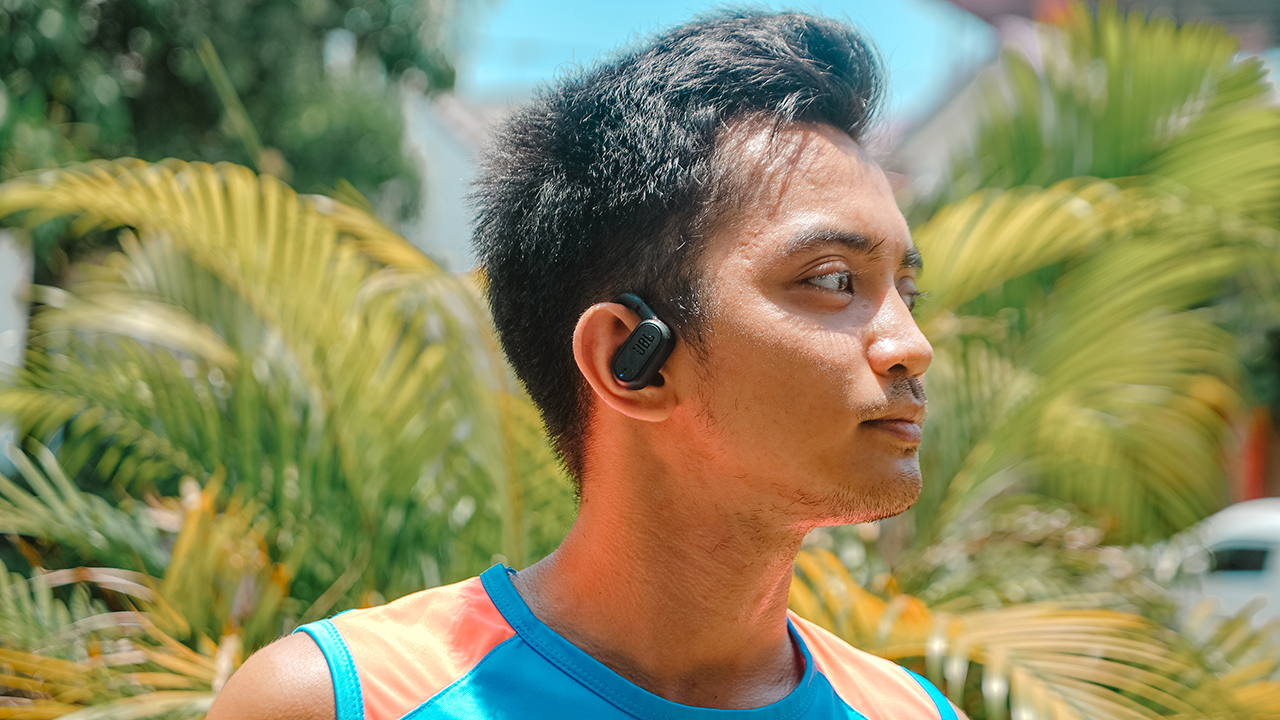
Running has been a form of meditation for most people. To some, it’s a time where your mind goes blank, allowing you to have a break from your stimulated mind.
For others, like yours truly, it’s a moment to sort out thoughts and emotions after having a preoccupied day. A common denominator between runners is doing the activity alone, accompanied only by their smartwatches, a hydration flask, and good music.
I’ve been using true wireless earbuds to accompany me on my runs, but the advent of JBL Soundgear Sense piqued my curiosity.
What is it like to use open-ear headphones when out for a run? To find the answers, I used the Soundgear Sense during my ongoing race season.
Take the long way home
As I put on mileage for my upcoming races, I have been required by my coach to add more slow runs to improve my aerobic base. That entails long, boring runs for an hour or two.
Imagine the agony of finishing a minimum of 10-kilometers by relying on your heart rate and not your pace. That was when I sought solace from the JBL Soundgear Sense.
I didn’t realize that having open-ear headphones would allow me to take on scenic and busy routes without worry that a car might hit me.
Unlike when I use true wireless earbuds that fit snugly in my ears, the Soundgear Sense are hooked and clipped on the curve of my ears without covering the ear canal.
This allowed me to hear my surroundings while still enjoying my favorite songs from Taylor Swift and BINI, a rising P-pop girl group.
Open but still private
Even if the Soundgear Sense has an open-ear design, rest assured that there’s zero sound leakage. JBL’s OpenSound technology made sure that the sound pressure is directed through waves towards the ears, while also reducing sound dispersion.
There’s a certain shame in having people find out whom you’re listening to. Maybe because you don’t intend to share the music you’re enjoying. But if you opt to share your jam, might as well have a Bluetooth speaker, right?
That’s why I liked the idea of keeping it open but still private — in relationships and my wearable. I get to enjoy “Pantropiko” and “Salamin, Salamin” by BINI all by lonesome, while still attuned to my surroundings.
It also helps that each earbud has a 16.2mm driver with a unique bass-enhancing algorithm. The sound allowed me to immerse myself in the songs I was playing, but still aware of the external noises of the streets. Somehow, the Soundgear Sense felt like a second, inner voice whispering thoughts through music.
Hybrid design for hybrid athletes
I don’t just run. I also lift on the same day right after running. Being a hybrid athlete allows me to prepare my body from the demands of multi-sports training and partaking on a Spartan race.
I like how the Soundgear Sense has a hybrid design that makes it apt for different type of workouts. Its adjustable earhooks are clipped perfectly, which doesn’t fall off even when I’m doing plyometrics. It’s also steadily in place even if I sprint and/or do some speed training.
Even when I’m heavily sweating, the Soundgear Sense didn’t slip off. With an IP54 rating, it’s dust-, splash-, and sweat-resistant.
Also, the way it’s designed is secured to fit on whatever activities you have, regardless of sweating. Except gymnastics and parkour, though.
The Soundgear Sense might fall off after you hang or flip from those extreme activities that require being suspended in the air.
For added security, there’s an included neckband inside the box. However, I hate having something dangling on my nape so I never used it.
Moreover, I couldn’t last more than an hour having it clipped even with a supposed hybrid design. It hurts my ears eventually, and I feel like someone was pinching my ears and I couldn’t do anything.
If I have runs for more than an hour, I’d opt not wearing both earbuds.
Easy connectivity
One thing I like about JBL is how easy it is to connect your wearables to your smartphones, be it an iPhone or an Android.
Once both devices are paired, flipping open the case will instantly connect the Soundgear Sense to your smartphone.
While running, I don’t have to constantly check my phone since the Soundgear Sense, along with my Garmin epix Pro (Gen 2), helps me stay connected. With just a single flick on the earbud, I can control my music, volume, and calls.
My friend, Betty, called me one time while I was out for an easy run and she barely realized I was running until I gasped for my breath when running on a steep incline. It’s convenient to have crisp and crystal-clear calls within your reach.
And to make it more convenient, the touch controls can be personalized to your liking. On the left earbud, it’s usually the volume control.
One tap and it increases the volume, while double tapping decreases it. When someone calls, you can double tap to respond or you can tap and hold to reject the call.
The right earbud uses the same call control, but it’s automatically set for playback control. You can switch earbuds depending on the gesture you prefer.
All of these customizations can be done using the My JBL Headphones app.
Definitely long lasting
I have had the Soundgear Sense for two weeks now, and both earbuds still have a half battery life from a single charge. As of writing, the left earbud still has 51% while the right earbud has 56%.
Thanks to its charging case, both earbuds keep recharging every time they’re stowed inside.
But if you’re wondering why the left earbud has a lower battery life, it’s not because I spend too much time watching adult-rated content.
A lot of times, I run with just the left earbud clipped on my ear to stay alert from my surroundings. Even with OpenSound technology, I tend to get lost in the music I’m listening to whenever I have both earbuds hooked.
Considering I’ve amassed more than 70km of running mileage for two weeks with almost 10 hours of running, the Soundgear Sense surprised me with its battery life.
I haven’t charged it since then, which made me wonder how fast it would really be, if I get to drain it down to zero and juice it back up to 100. Perhaps, stay tuned on my Instagram and TikTok accounts?
The Soundgear Sense is expected to let you listen wirelessly for up to 6 hours. You get an extended life of another 18 hours through the charging case. A quick 15-minute charge through the Type-C port gives an additional 4 hours of music.
Is this your GadgetMatch?
For an athlete, the JBL Soundgear Sense surely makes every run magical. The design and technology were innovated with runners in mind. The device integrates seamlessly to any type of active lifestyle.
It will boil down to preference, whether you enjoy an open-ear design clipped onto your ears or you’d enjoy an earbud blocking your ear canal.
As for me, I think I’ll switch and pick the Soundgear Sense to accompany me in my race season. It helps me immerse myself in good music, stay connected, while keeping me attuned to my surroundings. This ensures my safety when out for a run.
It’s easily a GadgetMatch for all types of athletes dedicated to fulfilling their training assignments. It’s also for fitness enthusiasts entering their “runnerist” era.
The JBL Soundgear Sense retails for PhP 9,499. It is available via JBL’s website and select, authorized retailers.
-

 Events2 weeks ago
Events2 weeks agoStellar Blade: PlayStation taps cosplayers to play Eve for game’s launch
-

 Features1 week ago
Features1 week agoFortify your home office or business setup with these devices
-

 Gaming2 weeks ago
Gaming2 weeks agoThe Rogue Prince of Persia looks like an ultra-colorful roguelite
-

 Accessories2 weeks ago
Accessories2 weeks agoLogitech unveils G Pro X 60 gaming keyboard: Price, details
-

 Reviews1 week ago
Reviews1 week agorealme 12+ 5G review: One month later
-

 Gaming2 weeks ago
Gaming2 weeks agoLenovo confirms development of a Legion Go 2
-
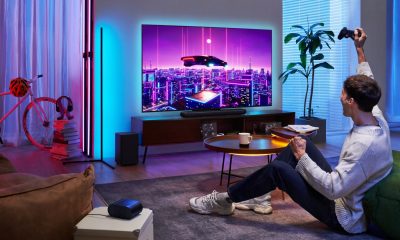
 Deals2 weeks ago
Deals2 weeks agoTCL P635 TV: Big savings for TCL’s anniversary
-
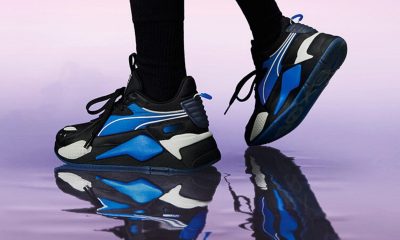
 Gaming1 week ago
Gaming1 week agoNew PUMA collection lets you wear PlayStation’s iconic symbols


